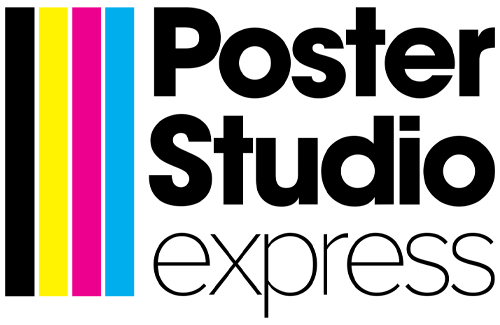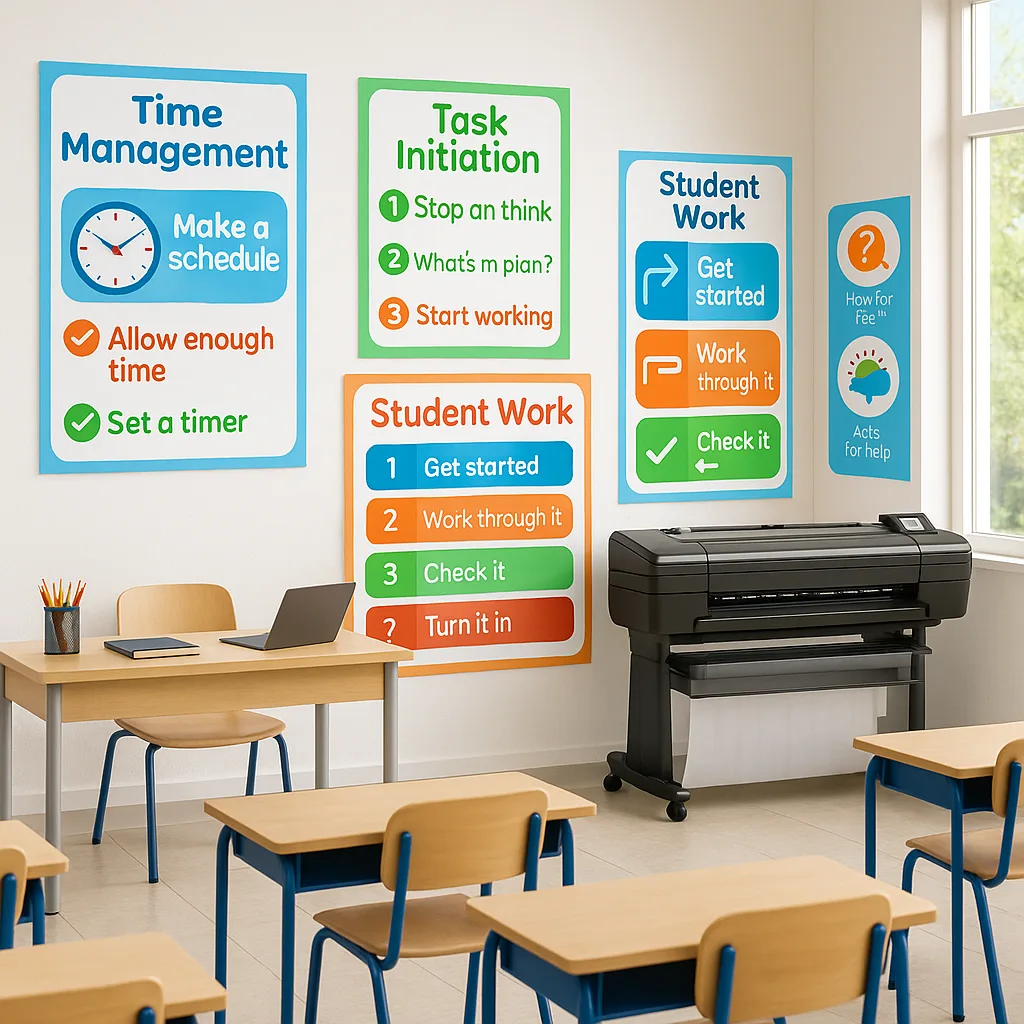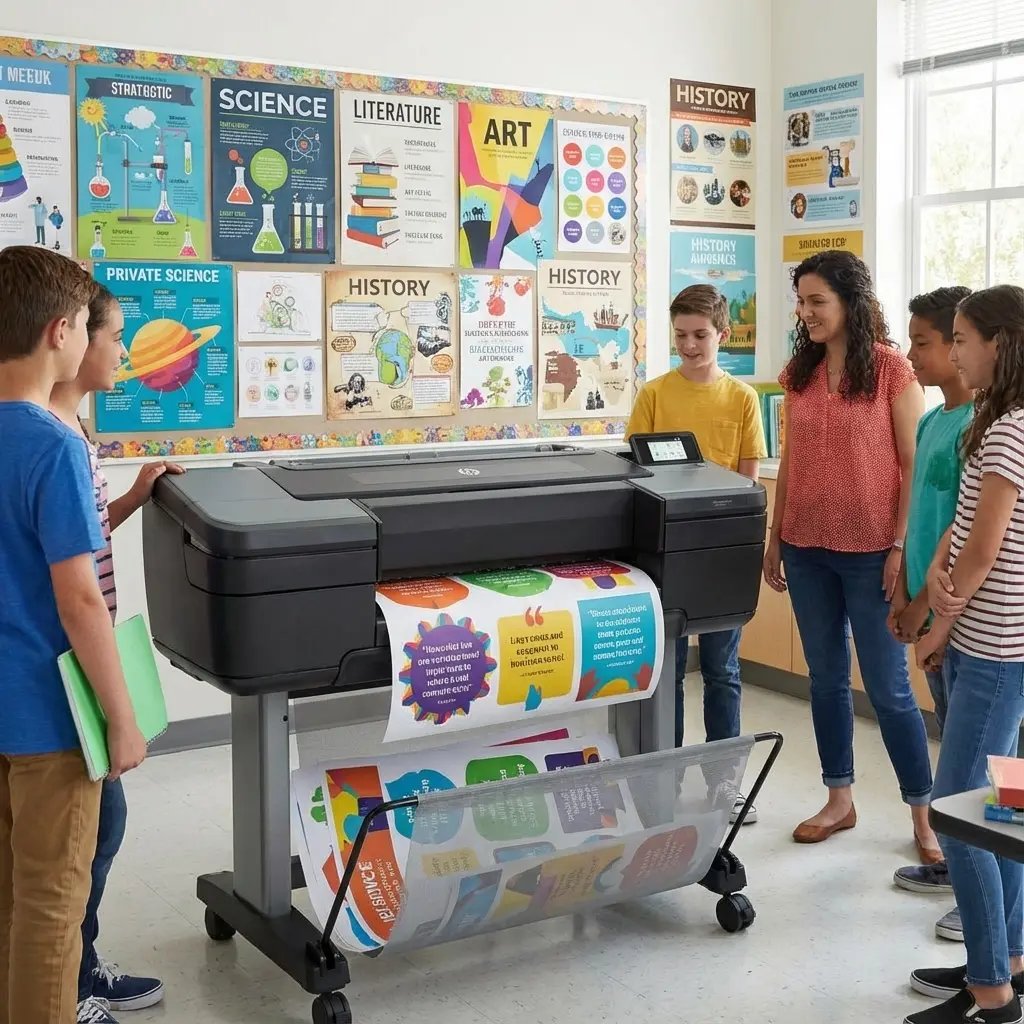
Why Poster Machine Sustainability Matters for California Schools
Picture this scenario from Riverside Unified: Their print shop was churning through 2,000 pounds of non-recyclable vinyl annually, contributing to a carbon footprint that threatened their pending CHPS (Collaborative for High Performance Schools) certification. By switching to a sustainable poster maker printer system with recyclable media options, they not only secured their green certification but also reduced printing costs by 35%.
This isn’t an isolated success story. Across California, schools implementing sustainable printing practices report three consistent benefits: lower operational costs, improved air quality in print rooms, and alignment with state environmental mandates that unlock additional funding streams.
California districts face mounting pressure to meet increasingly stringent environmental standards while maintaining educational excellence. As a curriculum specialist who’s guided schools through every major state initiative, I’ve watched sustainability shift from a “nice-to-have” to a non-negotiable mandate. The good news? Your school’s poster machine sustainability efforts can actually drive you toward green certification while enhancing learning outcomes and saving money.
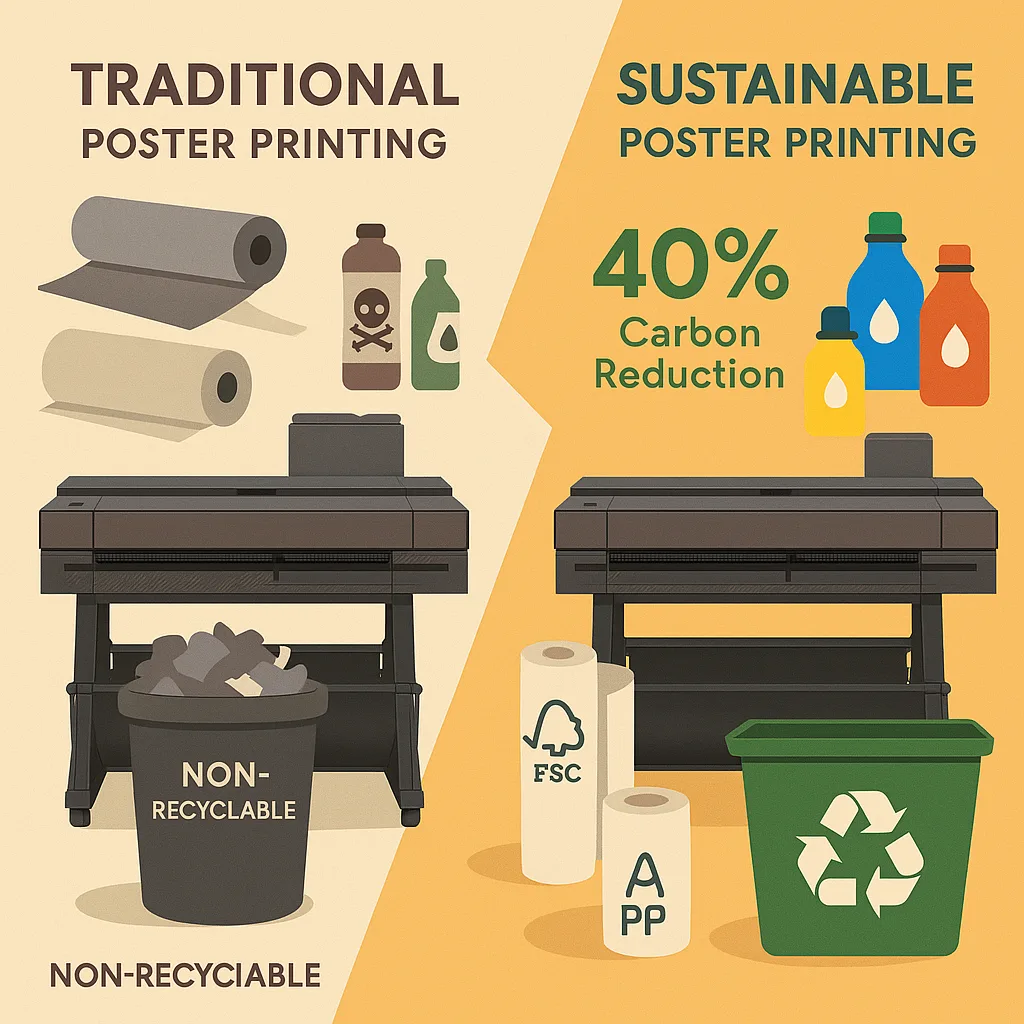
The Hidden Environmental Impact of Traditional School Printing
Before we dive into solutions, let’s examine the current state of school printing and its environmental footprint.
of school printing waste comes from non-recyclable vinyl materials
kWh average annual energy consumption per traditional poster printer
potential carbon footprint reduction with sustainable practices
Understanding California’s Green School Certification Requirements
California leads the nation in environmental education standards, with three primary certification pathways that directly impact your printing decisions:
CHPS (Collaborative for High Performance Schools): Requires documented waste reduction strategies and energy efficiency improvements. Your poster printing operations fall under both categories.
Green Ribbon Schools: The U.S. Department of Education program demands measurable environmental impact reductions. Schools must demonstrate a 20% decrease in resource consumption over three years.
LEED for Schools: Points awarded for sustainable materials usage and indoor environmental quality – both directly affected by your choice of printing equipment and media.
Each certification pathway evaluates printing operations through different lenses, but all share common requirements that a modern poster machine can help you meet.
Building Your Poster Machine Sustainability Strategy
Step 1: Choose Energy-Efficient Equipment
Modern poster printers have revolutionized energy consumption. The Education Express 24 Desktop Poster Printer uses 65% less energy than traditional wide-format printers while maintaining professional output quality.
Key features to prioritize:
• Sleep mode activation (reduces standby consumption by 85%)
• LED curing technology (eliminates heat-based drying)
• Automatic shut-off timers
• Energy Star certification

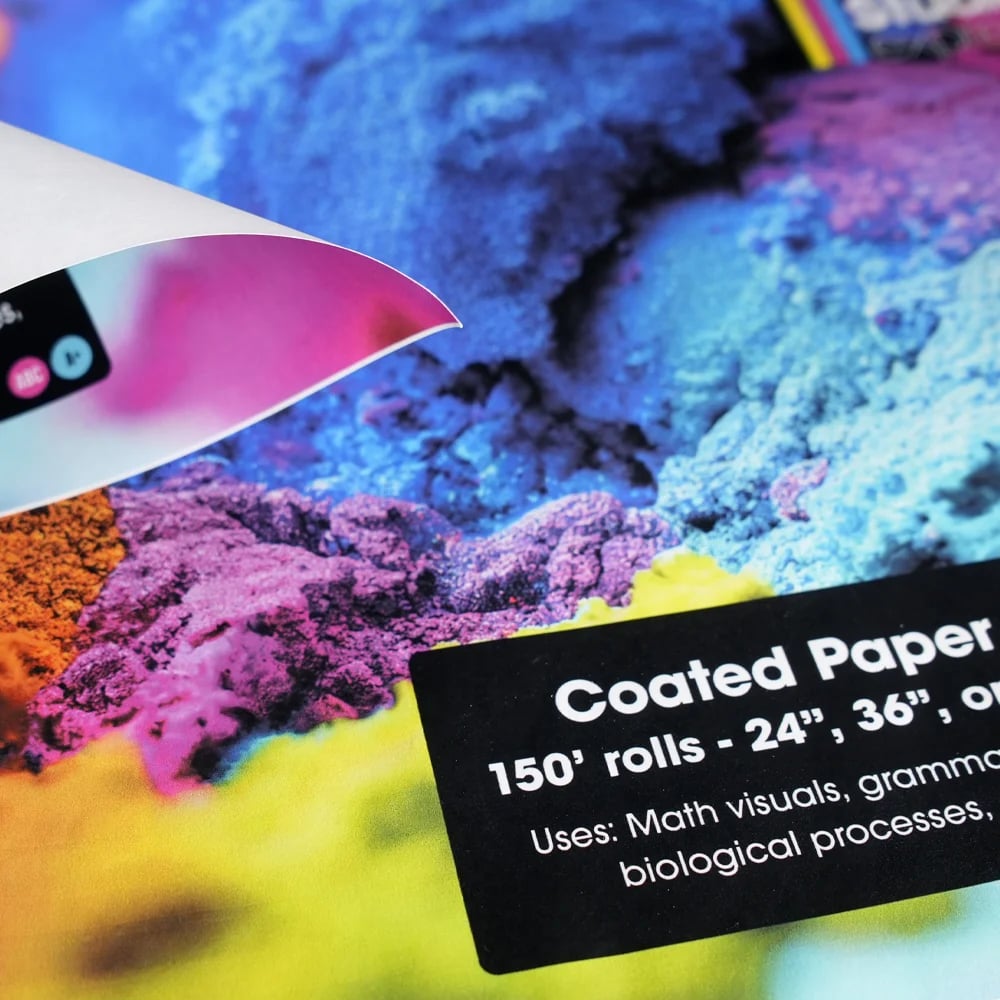
Step 2: Implement Recyclable Media Options
Transitioning to sustainable media dramatically reduces environmental impact. The Coated Poster Paper offers the same vibrant results as vinyl but is 100% recyclable.
Sustainable media checklist:
• FSC-certified paper sources
• Water-based coating options
• Biodegradable lamination alternatives
• PVC-free banner materials
• Recycled content papers (minimum 30%)
Your School’s Carbon Footprint Audit Tool
To achieve meaningful sustainability improvements, you need baseline data. I’ve developed a comprehensive audit framework specifically for California schools that aligns with state reporting requirements.
1. Energy Consumption Baseline
• Monthly kWh usage per printer
• Operating hours tracking
• Standby time measurement
2. Material Usage Assessment
• Square footage of media consumed
• Percentage of recyclable vs. non-recyclable
• Waste generation rates
3. Transportation Impact
• Frequency of supply deliveries
• Outsourced printing travel miles
• Student/staff printing trip reduction
4. Indoor Air Quality Factors
• VOC emissions from inks
• Ventilation requirements
• Chemical storage practices
Download Audit Tool
Complete sustainability assessment worksheetGet Started Today
Ready to measure your school’s printing carbon footprint? Our comprehensive audit tool walks you through each assessment category with California-specific benchmarks.Proven Strategies to Reduce Your Printing Carbon Footprint by 40%
Preview all designs digitally before printing. Reduces test prints by 40%.
Batch similar projects together. Saves 35% on material waste.
Run printers during off-peak hours. Reduces energy costs by 30%.
Create standard layouts. Cuts design time and errors by 25%.
Real-World Implementation: A Case Study Approach
Let me share how San Diego Unified transformed their printing operations to achieve both CHPS certification and significant cost savings.
Challenge
• 47 schools with independent printing operations
• $280,000 annual outsourcing costs
• 3,500 pounds of vinyl waste annually
• Failing indoor air quality in print rooms
• No centralized sustainability tracking
Solution
• Deployed 12 Education Studio poster makers district-wide
• Implemented 100% recyclable media policy
• Created shared template library
• Established print-on-demand workflow
• Trained 150+ staff on sustainable practices
• 42% reduction in printing carbon footprint
• $165,000 annual cost savings
• CHPS Gold certification achieved
• 95% waste diverted from landfills
• Improved air quality scores in all print areas
Leveraging Poster Machine Sustainability for Funding Opportunities
Annual funding for sustainability initiatives including printing upgrades
Supports projects demonstrating measurable environmental impact
Can be allocated for technology supporting environmental education
Training Your Team for Sustainable Success
Technology alone won’t achieve your sustainability goals. Success requires comprehensive staff training and cultural shift. Here’s the professional development framework I’ve implemented across dozens of California districts:
Essential Training Components
1. Sustainability Mindset Development (2 hours)
Focus on the “why” behind green printing. Connect daily decisions to broader environmental impact and cost savings. Include student health benefits of reduced VOC exposure.
2. Technical Skills Workshop (3 hours)
Hands-on training with your poster maker printer, emphasizing energy-saving features, proper media selection, and waste reduction techniques.
3. Design for Sustainability (2 hours)
Teach efficient layout strategies that minimize material waste. Cover color optimization for reduced ink usage without sacrificing visual impact.
4. Measurement and Reporting (1 hour)
Train designated sustainability champions to track metrics, generate reports, and celebrate progress with the school community.
Partner with your Lifetime Design Service to create sustainability awareness posters designed by students. This reinforces learning while modeling sustainable practices.
Your Next Steps Toward Sustainable Printing Excellence
Transforming your school’s printing operations into a model of sustainability doesn’t happen overnight. But with the right strategy, equipment, and support, you can achieve remarkable results within a single school year.
Ready to reduce your school’s carbon footprint while enhancing educational outcomes? Call our sustainability specialists at 866-788-7900 for a personalized assessment and discover how Poster Studio Express can help you achieve your green certification goals.
